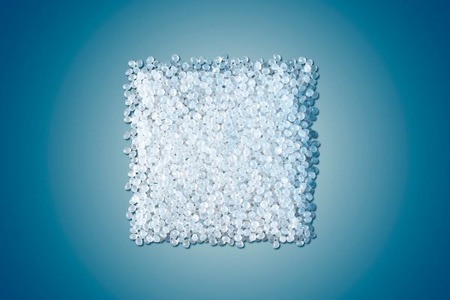
New revised DBK rates likely to create positive impact on overall apparel sector in India
YarnsandFibers News Bureau 2014-11-21 11:00:00 – New DelhiThe government has notified new duty drawback rates which will boost the overall perception of Indian apparel sector and raise competitiveness in the global market. A separate entry has been created to distinguish certain export products such as cotton yarn of less than 50 counts or 50 or more counts; core spun cotton yarn containing three per cent or more of lycra /spandex/elastane, cotton blankets and flame-retardant fabrics based on their increasing international demand.
Textile exporters have welcomed the revised duty drawback rates announced by the Union Government as the government has identified certain categories of textile drawback which are eligible. Overall the rates for cotton textiles and the drawback caps have been increased. The new drawback rates will increase the competitiveness of Indian apparel exporters and affect the entire value chain positively, said RK Dalmia , Chairman , the cotton textiles export promotion council (TEXPROCIL).
According to TEXPROCIL, there has been growing importance of lycra based yarns/ fabrics which constitute about 25 percent of the world trade in textiles. However, the rates for lycra based products should have been increased by at least one percent and not 0.1 percent in order to counterbalance the high import duty on lycra. In this regard, they would be submitting revised calculation for further raise the drawback rates and caps for lycra-based products.
Interestingly, the notification announcing the drawback rates also recognizes the need for continued scrutiny for preventing any excess drawback arising from mismatch of declarations made in the item details and the drawback details on the shipping bills.
This clause should be used judiciously by the customs department to avoid unnecessary harassment and inconvenience to the exporters operating under the drawback scheme.
As per TEXPROCIL, the textile sector can contribute hugely towards promoting inclusive growth, developing Tier II cities and fulfilling the goal of "Make in India" as envisaged by the new government.
According to the latest report of the Labour Bureau in the Ministry of Labour & Employment, the textiles sector being the most labour-intensive sector and second largest employer after agriculture has added 190,000 jobs in 2013-14 contributing to about 70 per cent of all hiring.
The Southern India Mills’ Association has said that separate rates have been fixed for cotton yarn above 50s count. Export of spandex coarse yarn is increasing and the revision of rates for these will boost exports. The upward revision in value cap will encourage value addition.
Market Intelligence
Ask for free sample Report

experience
Customer Base
dedicated team
Countries Served Worldwide









